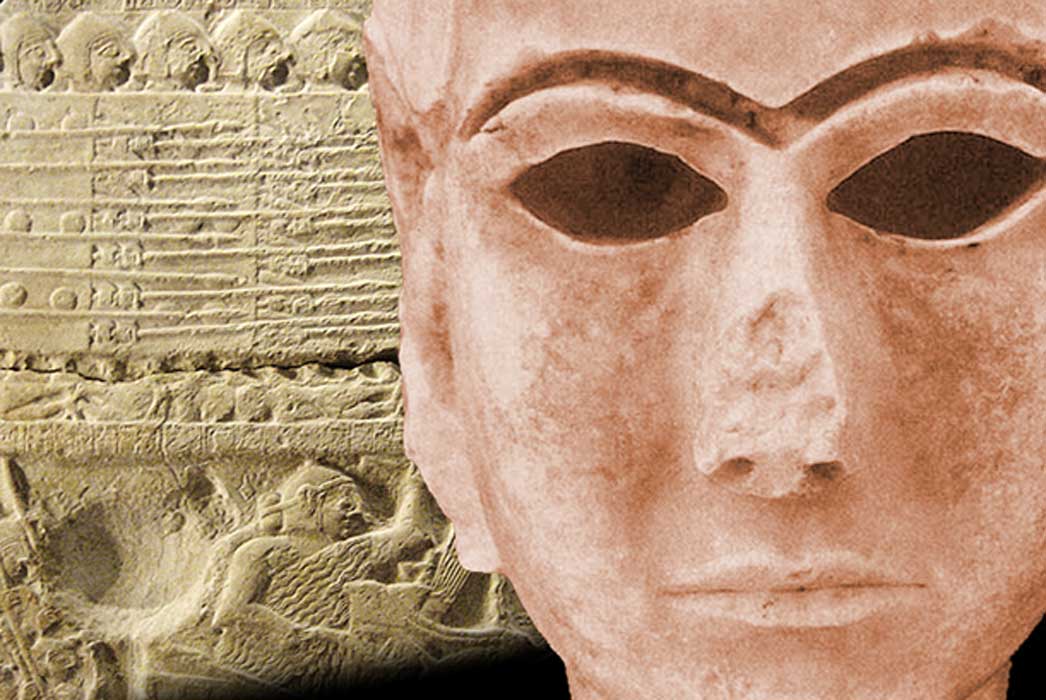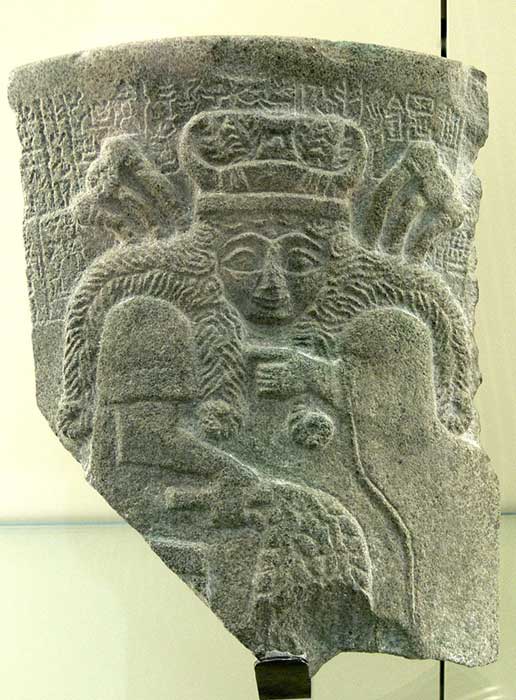
The Man Who Wished to Own the World – Eannatum: The First Conqueror? Part II
The city of Lagash was located northwest of the junction of the Euphrates and Tigris rivers and east of the city Uruk. Lagash was a fertile area, with irrigation canals feeding its crops via the Shatt al-Gharraf channel that filtered in water from the rivers. Lagash grew bountiful crops due to fertile land and its location made it a prime economic powerhouse when it came to commerce, all due to the waterways. Commercial competition with other city-states was healthy. However, like all city-states, there comes a time when hostility rises and the need to settle disputes requires war.

Fragment of Eannatum's Stele of the Vultures (Sting/CC BY-SA 3.0)
Eannatum’s tour of Elam, Urua, and Umma paid off. He controlled provinces and regions rich with resources. He had metal to produce weapons and fertile fields to grow food—both of which were used to feed and arm his forces. Eannatum was far from finished. With an increase in resource-rich lands came an increase in manpower to replenish and increase the size of his ranks. Eannatum was drunk with power and looked west to quench his thirst.
With Eannatum’s eastern flank secured, the west was ripe for the taking.

Goddess Nisaba with an inscription of Entemena, ruler of Lagash (2430 BC) (CC BY-SA 3.0)
Grabbing up Valuable Resources
The king led his forces to the city-state of Uruk. Uruk was important for a number of reasons – the first of which is that it sat along the Euphrates River and not far from the Persian Gulf, making it a valuable trading city by both land and sea. Second, Uruk’s population was rather large and prosperous, and surrounded by fertile fields, making it desirable in terms of supplying the army with food and swelling the ranks with additional troops.
With Uruk conquered, Ur came next and its armies were put to the sword. Ur was also a valuable trading center and offered a strategic location near the mouth of the Euphrates River that led into the Persian Gulf. Unlike the lands of Elam, the only thing put to the sword in both Uruk and Ur was the military forces sent out to oppose the armies of Lagash. Uruk and Ur were valuable, providing much for an army on the march.




